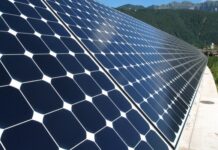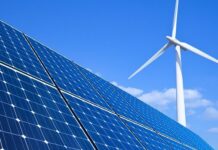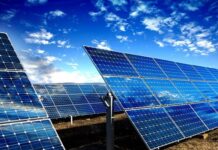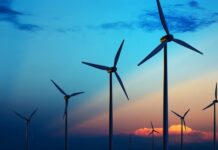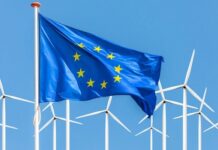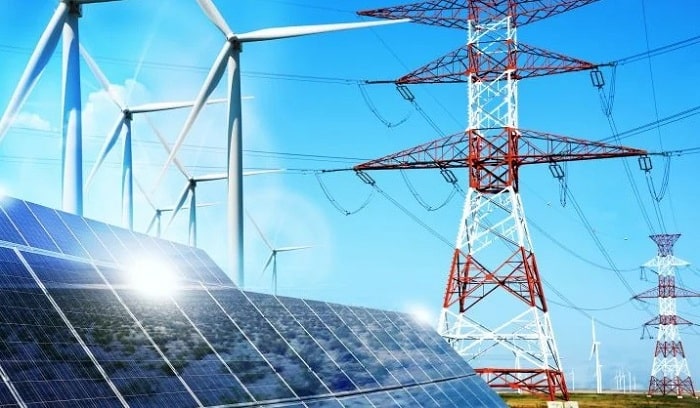Spanish utility Endesa SA is set to invest EUR 4.3 billion (USD 4.69bn) in its renewables business in Spain and Portugal as part of its 2024-2026 spending plan, promising an increased focus on wind power and room for partnership deals.
The company on Thursday unveiled a total investment of EUR 8.9 billion for the period, up from EUR 8.6 billion allocated for 2023-2025. emphasising profitability, flexibility, resilience and a “more selective investment strategy” in line with the action plan of its parent group Enel SpA (BIT:ENEL).
The investment amount for renewables and conventional generation remained unchanged. Endesa increased allocations to its electricity distribution business to EUR 2.8 billion on distribution networks, and earmarked EUR 900 million for the customers segment.
In the renewables area, its goal will be raise the total installed capacity to 13.9 GW by the end of the planning period from some 10 GW estimated for the end of the current year.
According to the plan, Endesa will aim to build 1.6 GW of wind farms, 2 GW of solar farms and 0.2 GW of battery energy storage systems. In investment terms, more money will be dedicated to wind power than solar, with a focus on wind and hydroelectric repowering.
The company highlighted three projects as its “stars” during the upcoming years — the energy transition projects Andorra in Spain, and Pego in Portugal, and a large-scale wind farm development in the Spanish region of Galicia.
The financial strategy for renewables will include selecting investments that offer a balance between risk and return, and selling stakes in projects to attract new partners. Endesa expects to raise approximately EUR 3 billion from partners’ contribution and asset rotation.
“This new, more selective investment strategy optimises our vertically integrated business model, while maintaining the flexibility to take advantage of future opportunities,” said Endesa CEO Jose Bogas.
Financially, Endesa targets a net financial debt to EBITDA ratio of 1.4 in 2026, a decrease from the estimated 2.3 in 2023, with over 80% of debt linked to sustainability criteria.



